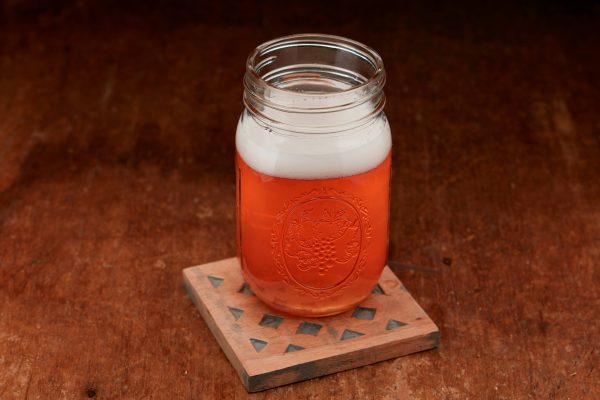
Homebrew Con (HBC) is BACK! We can’t wait to raise a pint with you in one of the most beer-loving cities in America.
Location: Asheville, North Carolina
Dates: June 19-20, 2026*
*Preceded by Final Round Judging of National Homebrew Competition on June 18
Homebrew Con is homebrewing’s best party on the planet, hosted by the American Homebrewers Association. 2026 will be the event’s 46th year.
Here’s a sneak peek at what’s on tap:
We’re bringing back Club Night, the Holy Grail of homebrew nights, Homebrew Expo with top suppliers and educators, HBC seminar sessions, and once again pairing the National Homebrew Competition (NHC) Final Round Judging and Awards Ceremony with the conference… And more!
Homebrew Con is about you, your fellow AHA members, and the community that makes our hobby of brewing and fermenting so amazing. We’re excited to see you there!
Stay tuned for registration dates, hotel info, and more
Get the latest updates via AHA emails and Zymurgy magazine.
See you in June!






Share Post